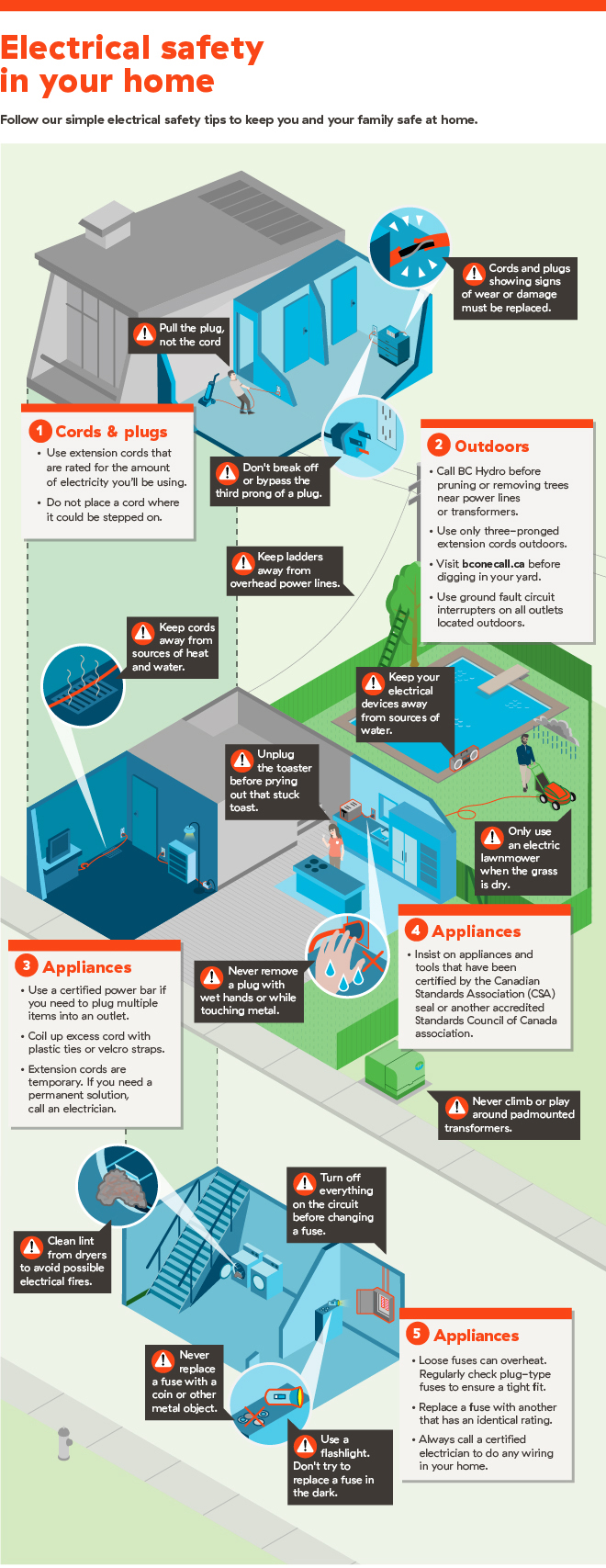Assessing Tree Wellness: Standards For Choosing Tree Elimination
Assessing Tree Wellness: Standards For Choosing Tree Elimination
Blog Article
Short Article Developed By-Damm Goldman
If you've ever before questioned the destiny of the trees on your residential property, recognizing when it's time for removal is essential. But just how do you establish if a tree can be conserved or if removal is the only alternative? By seeking particular signs and evaluating safety dangers, you can make informed decisions that profit both your landscape and your surroundings. Allow's explore the essential elements that enter into play when deciding the destiny of a tree and just how you can guarantee the best result for your green companions.
Indicators of Tree Decline
If you discover any one of the following indicators of tree decline in your yard, it might be time to think about tree removal.
One usual indication is dead or worn out branches, which can show underlying issues influencing the tree's wellness. Keep an eye out for stained or shrivelled fallen leaves that linger even with correct treatment, as this could be an indicator of disease or bugs.
An additional warning signal is extreme leaning or a noticeable change in the tree's base, which may suggest root issues or architectural instability. Watch out for fungal growth on the trunk or origins, as this can suggest rot and endanger the tree's security.
In addition, if you observe big fractures in the trunk or significant arm or legs, it's crucial to deal with these concerns immediately to avoid prospective threats. Resolving these indications of tree decrease immediately can aid keep the safety and security and visual appeals of your backyard environment.
Security Problems
To guarantee the health of your property and those around you, prioritizing safety worries associated with trees is extremely important. Trees can present numerous safety and security threats otherwise effectively preserved. Dead or worn out branches may drop suddenly, endangering individuals or harmful structures.
Leaning trees can likewise be dangerous, specifically if they're leaning towards a building or high-voltage line. Additionally, trees with substantial origin systems near structures or underground energies can trigger substantial damages in time.
It's critical to on a regular basis examine your trees for any type of indicators of prospective danger. Keep an eye out for cracks in the trunk, huge tooth cavities, or signs of illness and decay. If you discover any one of these issues, it's finest to talk to a specialist arborist to examine the circumstance and establish the needed strategy.
Taking proactive actions to attend to safety and security concerns immediately can prevent mishaps and property damage in the future. Remember, the security of your residential or commercial property and those around you need to constantly be the top concern when it comes to tree upkeep.
Consulting an Arborist
When taking into consideration the health and wellness of your trees, consulting an arborist is an important action. Arborists are trained experts who focus on the care and maintenance of trees. They can evaluate the total health of your trees, recognize any issues such as illness or architectural issues, and give skilled suggestions on the very best course of action.
By speaking with an arborist, you can get beneficial insights into the problem of your trees and establish whether removal is required. go source have the understanding and experience to assess the threats related to keeping a tree versus removing it. They can additionally provide support on alternative services, such as trimming, cabling, or supporting, to aid preserve the tree whenever feasible.
Furthermore, arborists can aid you navigate any type of regional regulations or allows that might be required for tree elimination. Their proficiency can make certain that the process is performed securely and in compliance with any appropriate laws.
Final thought
Finally, when identifying whether trees can be conserved or if removal is essential, it is necessary to think about signs of decline and security concerns. Consulting an arborist for a thorough evaluation is important in making the most effective choice for the tree's health and wellness and possible dangers. Remember, proactive care and prompt action can help protect trees and avoid crashes.
